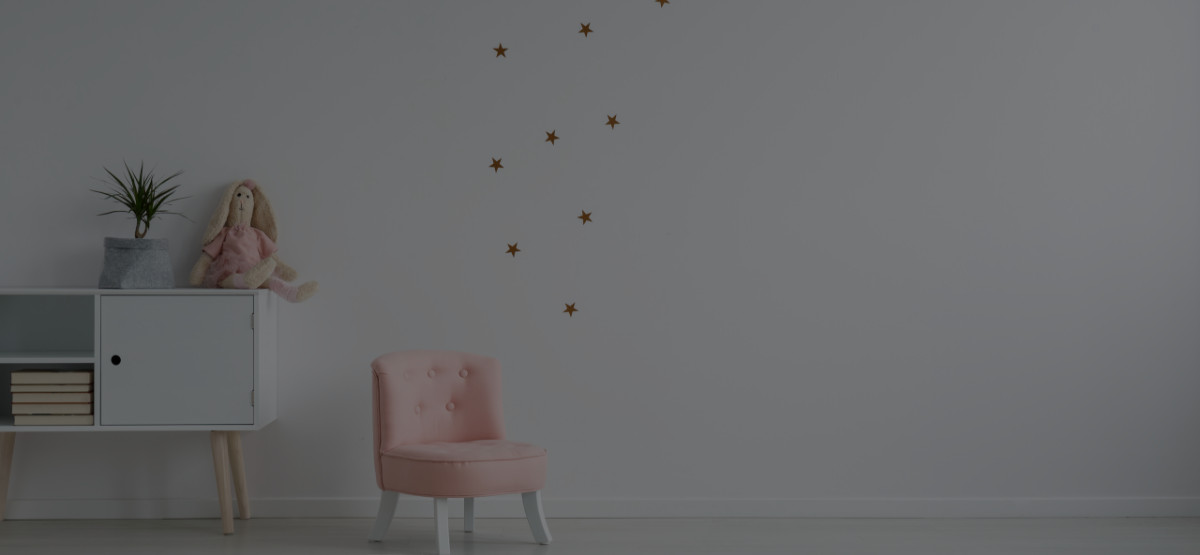Tammy Hart, I.D.D.P, CAPS is a graduate and Tutor of Q.C. Design School and is a Certified Aging in Place Specialist from the National Association of Home Builders. She is the Senior Designer for the Designer Chick Co. (www.dznrchik.com) and is the Past Director on the National Board for DDA (formerly CDECA). She is a professional speaker, speaking at venues like IIDEXCanada and Heart of Networking. She’s been featured as a guest spot on Daytime Durham, Rogers TV and works to empower young women to become successful future leaders and supports ocean clean-up efforts.
We have a social responsibility in the design and decorating industry to be cognizant of our environmental impacts. The decisions we make today will greatly impact the future of tomorrow. Thus, “Sustainable Design” challenges us to build sustainable buildings by pushing ourselves to think further outside of the box and further into tomorrow.
As designers and decorators, we are using products that have a grave impact on our environment from building materials to finishing materials to décor production. Obviously, we need to start by considering the manufacturing of materials and look at the production process of how and what we are using to create the products. But, if we are the end user how are we going minimalize the impact? There are 5 simple solutions below to help you start thinking about how you can design and decorate in support of the environment.
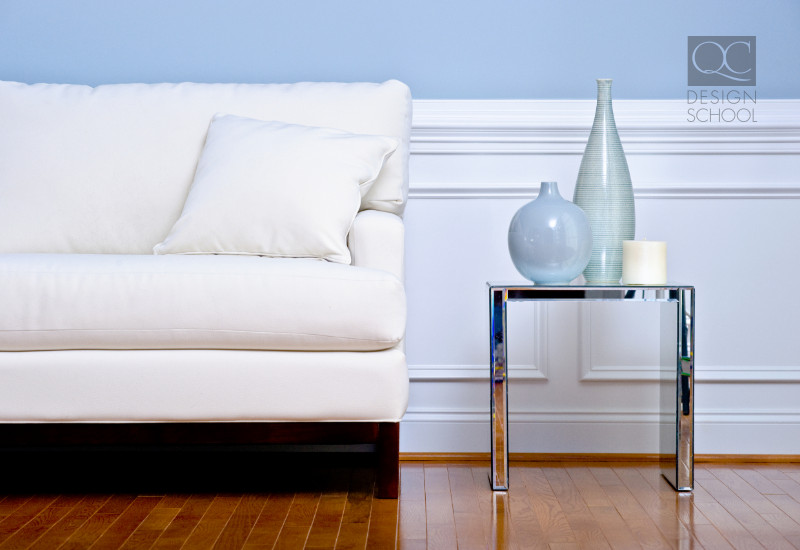
1) Support Local
By supporting local businesses and choosing to work with partners you are helping to reduce emission gases, supporting local community economics and using locally sourced materials. For example, I partner with contractors across the GTA (Greater Toronto Area) so if I’m in the Durham Region, I have contractors in that area so they don’t have to travel extreme distances. I also try to work with contractors that use fleets of environmentally friendly vehicles. On the décor side, I try to source Canadian-made products when I can. This helps by reducing CO2 gases as there isn’t the freight and distribution involved unlike products coming from overseas.
2) Reduce, Reuse, Recycle
In Canada, we’ve grown up with this concept of the 3 R’s – Reduce, Reuse, and Recycle. So how does this apply to you the designer/decorator? Instead of throwing out, look to repurpose or upstyle articles. I love antiquing and finding old treasures to use them in new design concepts. Recently, I was at the Aberfoyle Antique Market and was in need of antique window frames for a project. I found 2 fully intact frames with the original hardware on them and negotiated a price of only $20 for the pair. Granted, they needed a good clean but I loved the character of these windows. It may require a little elbow grease but it saves articles from going into the landfill.
That being said, if you find that you can’t upcycle or repurpose décor items, then consider donating them to women’s shelters, charities like Habitat for Humanity, or have a yard sale because “What’s one man’s junk is another man’s treasure!”
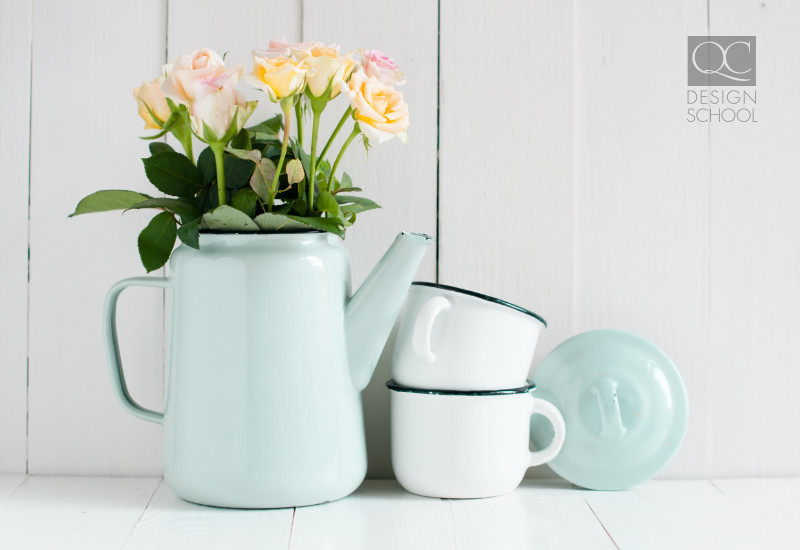
3) Go Green
Air quality in our homes is impacted by the VOCs (Volitale Organic Compounds). VOCs are “organic chemicals that have a high vapor pressure at ordinary room temperature.” (Wikipedia) According to Health Canada, indoor VOCs are produced from the following sources:
- vehicle exhaust
- cigarette smoke
- building materials, such as paint, glues, varnish, flooring materials
- household products, such as air fresheners, cleaning products
- off-gassing (the release of gases) from furnishings
To help reduce VOCs consider using Benjamin Moore’s Natura Paint, which has been formulated to have no emissions, no VOCs and is allergy and asthma friendly. Click here to learn more about the technology behind this product!
To control air quality, add living walls and plants in the home to offset carbon and add more oxygen. Plants will help purify the air and add beauty to any space. Living walls look wonderful in kitchens full of fresh herbs, so they have a dual purpose.
Take advantage of natural lighting when possible by being conscious of the window treatments you use. If you can’t, use ENERGY STAR LED or LEED Certified Light bulbs to reduce light pollution in the home.
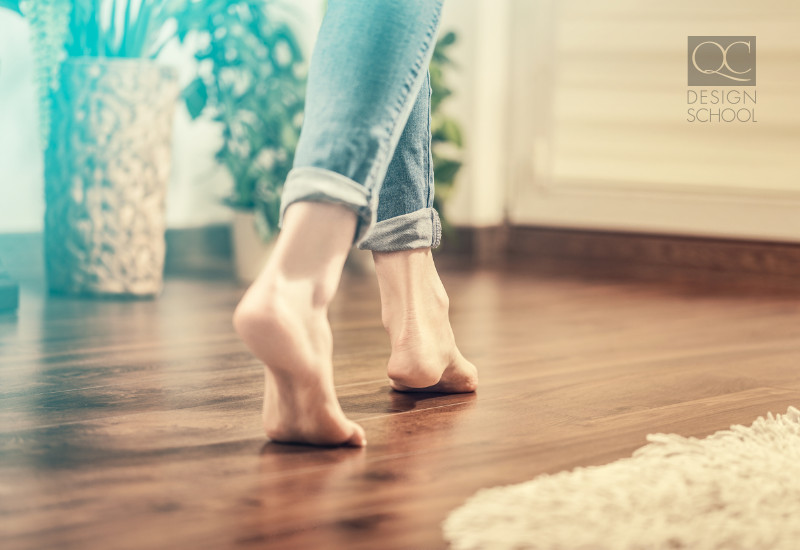
4) Be Efficient
As our technology becomes more and more intelligent, so do our gizmos, gadgets and even our toilets. Home Integrated Smart Technology, such as energy efficient apps like the Nest or smart technology like Alexa, can, at just the touch of our fingertips, allow our clients to control the efficiency of their home by controlling lighting and HVAC – even when they’re away.
This programmable toilet, by Neorest, features technology designed to reduce energy, water consumption and the amount of chemicals being added to our sewage and water systems using:
- Tornado Flush™ siphon jet flushing system, ultra-high efficiency.
- Reducing the need for chemicals it has an Actilight™ UV light cleaning system built in lid
- CeFiONtect™ ceramic glaze – a highly smoothed surface for easier cleaning
- Dual Flush function (1.0GPF/3.8LPF and 0.8GPF/3.0LPF) and its programmable energy saver system
- eWater+® – mists the bowl with electrolyzed water, reducing the need for harsh cleaning chemicals
- ADA compliant and is Universal Height
Don’t go green with envy, go green with electricity. Thanks to engineers, new emerging solar products are hitting the market. SolarGaps are solar blinds that will harvest the sun’s energy by “tracking the sun” and to convert its power for your home while cooling it at the same time. These blinds can have interior or exterior installations in either commercial or residential settings.
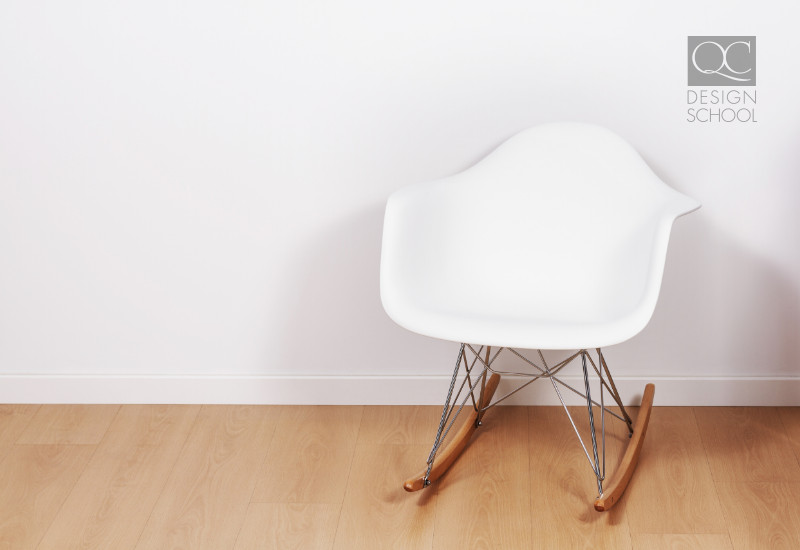
5) K.I.S.S.
Keep it Simple Sweets! In my design concepts, you’ll see minimal use of décor, mostly because I a) feel spaces should be uncluttered, b) feel that accessories and décor should have meaningful stories behind each piece, and c) despise dust collectors. So, my designs follow the less is more approach.
Millennials are also “less is more” by nature and embrace minimalist design furnishing with less décor in smaller spaces with a focus on functionality. To entice this market, search for items that are LEED Certified, use organic materials and quick renewing materials such as bamboo, and furniture that has multi-purposes found at Resource Furniture.
By keeping design simple, keeping it local, incorporating nature, capitalizing on new technology for efficiency and finding new life for old objects we can, as an industry, make small strides to help protect our environment for today and for the future of tomorrow.

